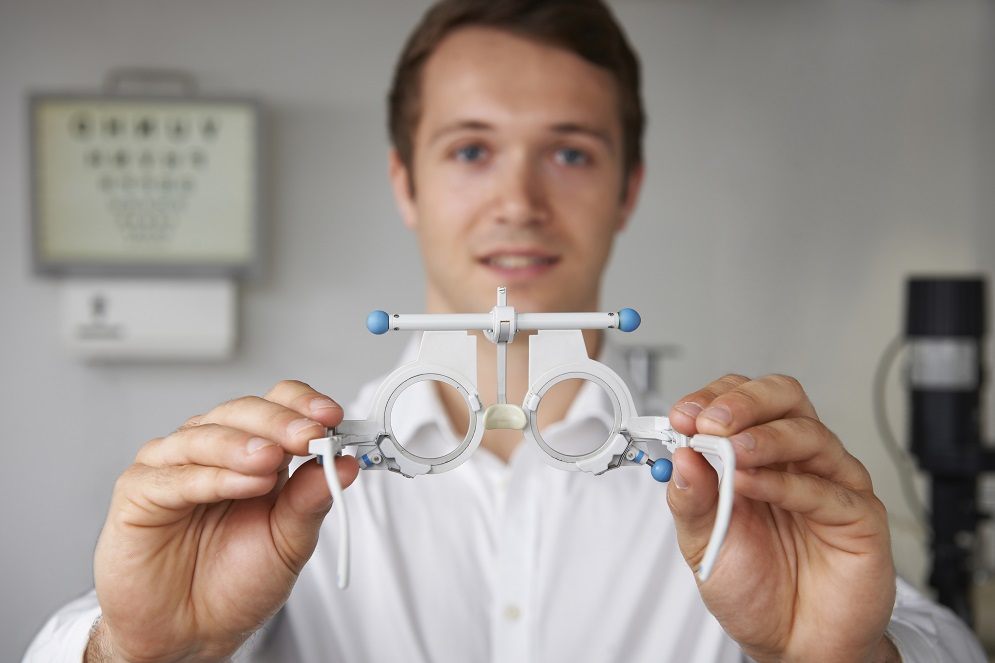Guidelines from The College of Optometrists recommend that you should have an eye exam every two years. However, if you have a pre-existing medical condition could affect your vision or currently wear glasses, your optometrist might recommend more frequent check-ups. Along with medical conditions and whether or not you currently wear glasses, age also plays a factor in how often you should have an eye examination.
Eye exams are used to check more than just your vision and any potential changes in your prescription. They are also important because an eye examination can detect certain medical conditions before you develop any visible symptoms. The most common health conditions that can affect your eyes include diabetes, macular degeneration, and glaucoma. A routine eye examination can reveal these medical conditions because they all affect the blood vessels in your eyes. Optometrists can also detect signs of high blood pressure and vascular disease during an eye exam.
The recommended intervals for eye examinations are the following:
- Children under 16 should have an eye examination every 6 months if they currently wear glasses, otherwise yearly
- 16-19-year-olds should have an eye examination every year, regardless of whether or not they wear glasses
- People over 40 should have an eye examination every year if they have a history of glaucoma or diabetes, otherwise every two years
- People over 70 should have an eye examination every year
Children and young adults require eye exams more frequently than adults because their eyes are still developing so their prescription is likely to change more frequently than an adult’s.
People often delay getting their eyes tested if they do not feel like their vision has changed or believe that it is an unnecessary cost, but having an eye examination doesn’t always lead to a change in prescription, keeping the cost minimal. If your vision changes or you begin to experience pain or discomfort, book an eye examination straight away, regardless of when your next scheduled appointment is.
When it comes to examinations, there is some confusion about the difference between an eye examination and a contact lens examination. Unlike an eye examination, a contact lens examination is used to check that the lenses fit your eyes properly and that your eye health won’t be affected by wearing contact lenses. It is important to know that if you wear contact lenses you will still need to have a regular eye exam to check the overall health of your eyes and that these examinations cannot be replaced by your regular contact lens examination.
Getting your eyes tested at the recommended intervals is particularly important if you regularly use computer screens for a long period of time because this can cause significant strain on your vision. Drivers also need to be especially diligent about getting their eyesight regularly checked because nearly 50,000 people had their driver’s licenses removed between 2012 and 2016 due to poor vision.

Leave a Reply